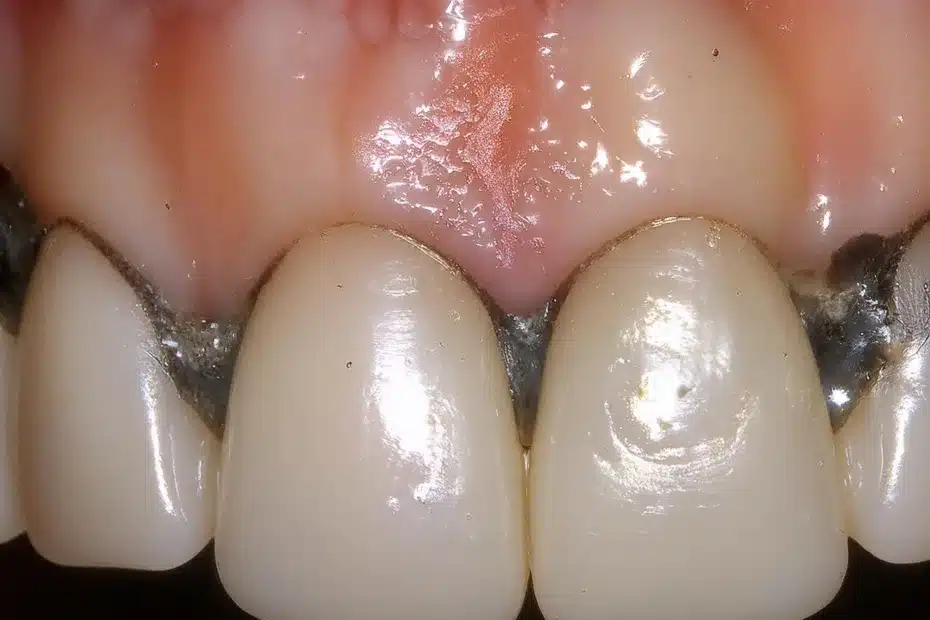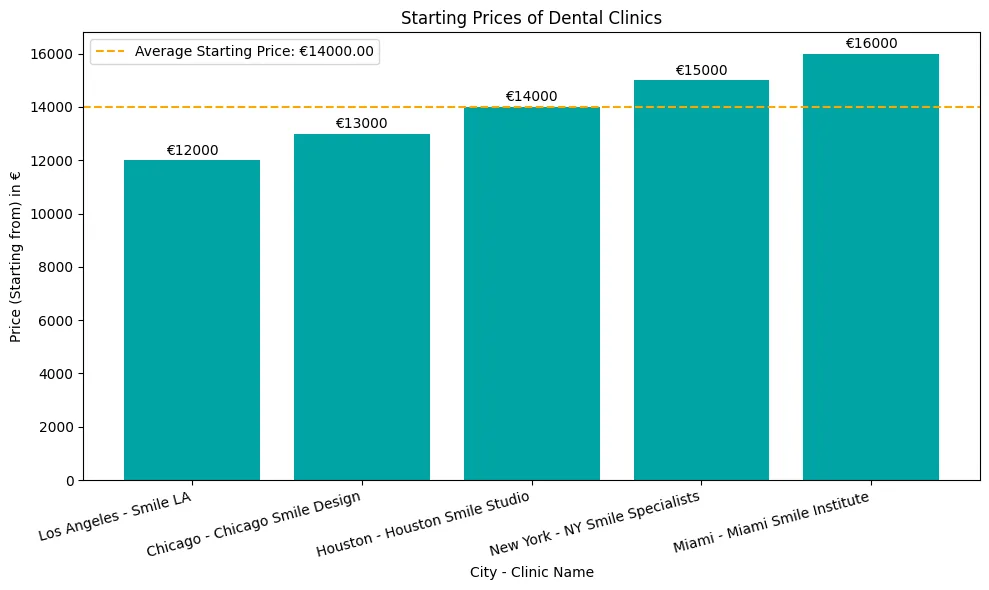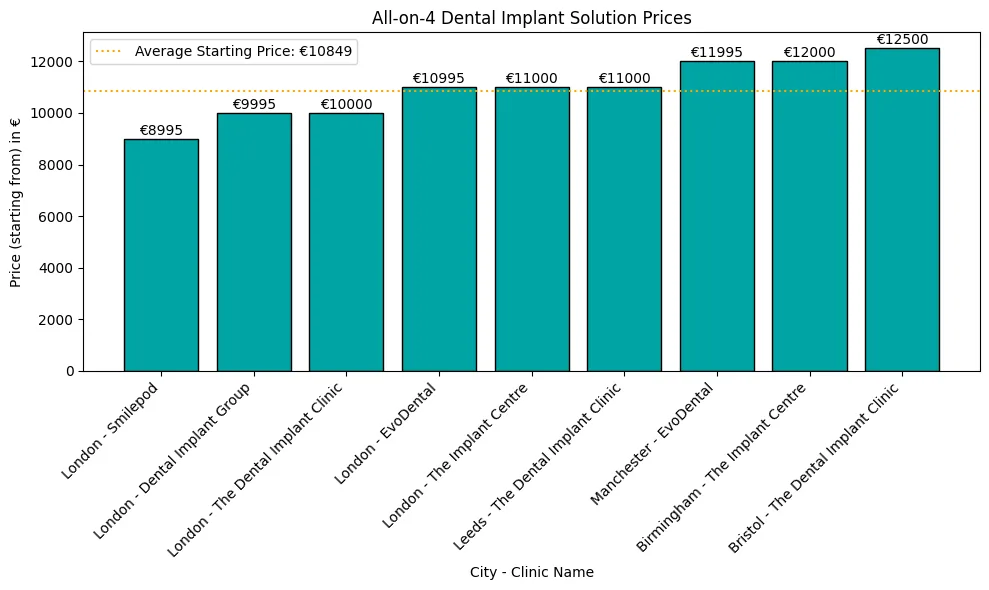Duke menduar për të zëvendësuar dhëmbët që mungojnë me. implantet dentare por të shqetësuar për alergjitë ose ndërlikimet? Mësoni të mirat dhe të këqijat për të marrë një vendim të informuar në lidhje me gojën tuaj.
Çfarë është një alergji ndaj implanteve dentare?
Alergjia ndaj implanteve dentare është një përgjigje e sistemit imunitar ndaj titanit ose metaleve të tjera të përdorura në implantet dentare, që prek afërsisht 0.6% të pacientëve. Kjo gjendje mund të manifestohet përmes simptomave si ënjtje, dhimbje, skuqje të lëkurës, ekzemë, humbje kockore ose dështim i implantit. Ndonëse e rrallë, ndodh më shpesh tek pacientët me alergji të mëparshme ndaj metaleve.
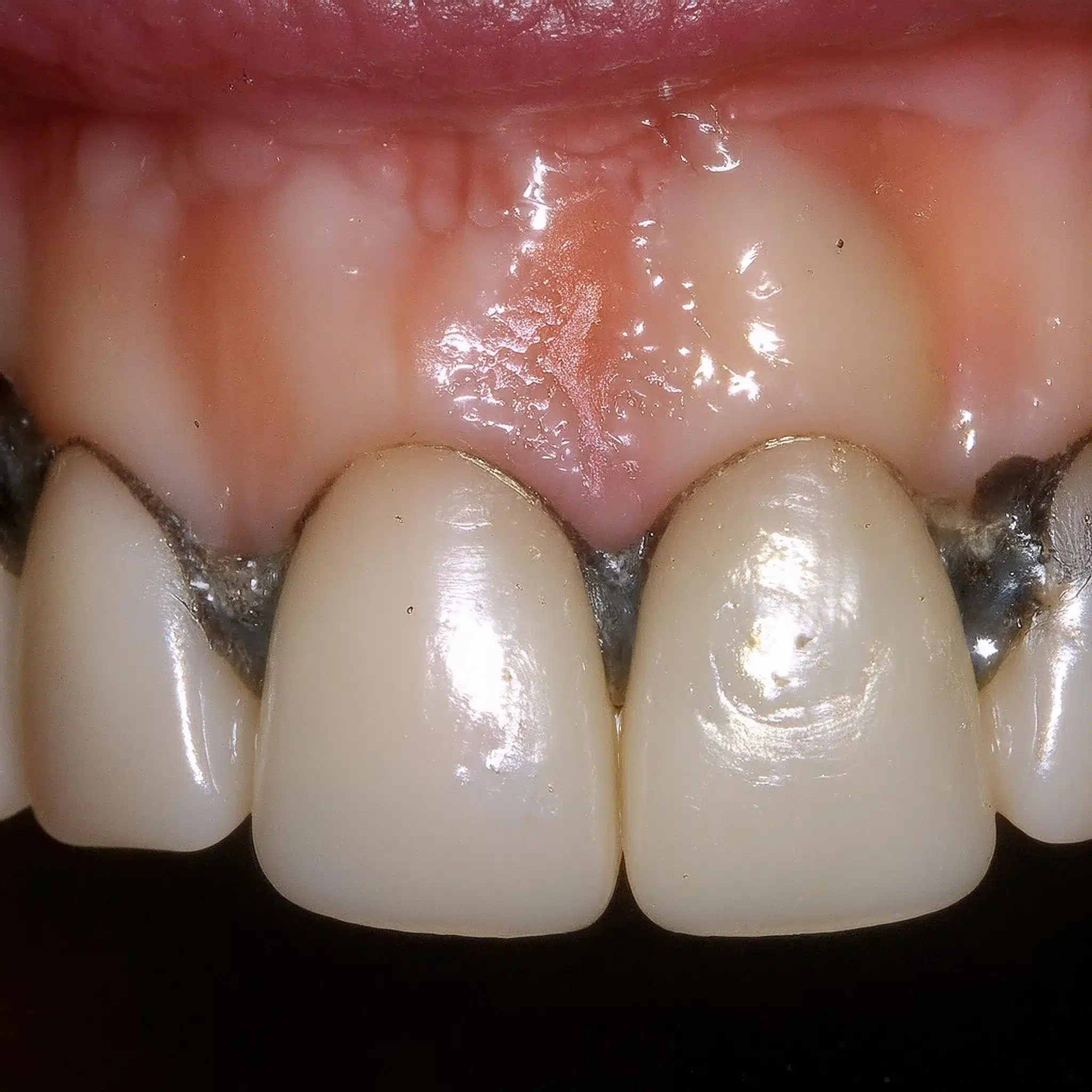
Shkaqet e alergjive ndaj implanteve dentare
Implantet dentare janë përgjithësisht të sigurta, por të kuptuarit e shkaqeve të alergjive është çelësi për planifikimin e duhur të trajtimit.
Materialet e përdorura në Implantet Dentare
Materialet e përdorura në implantet dentare mund të shkaktojnë reaksione alergjike.
Titani dhe lidhjet: Titani përdoret gjerësisht për shkak të biopërputhshmërisë së tij, por disa individë mund të kenë akoma alergji. Studimet tregojnë se implantet e titanit kanë shkallë të lartë suksesi, por sipërfaqet e vrazhda mund të rrisin rrezikun e komplikimeve si peri-implantiti (1)
Materialet Alternative: Materiale të tjera si zirkonia dhe qeramika po hulumtohen për vetitë e tij hipoallergjike. Këto materiale synojnë të zvogëlojnë rrezikun e alergjive duke ruajtur qëndrueshmërinë dhe efektivitetin (2)
Reagimi i sistemit imunitar
Përgjigja imune e trupit është çelësi i reaksioneve alergjike ndaj implanteve dentare.
Reagimet inflamatore: Sistemi imunitar reagon ndaj materialeve të implantit dhe shkakton inflamacion dhe parehati. Ky është më shumë shqetësim për implantet me sipërfaqe të përafërt të cilat janë lidhur me rrezik më të lartë të peri-implantitit (1)
Oseointegrimi: Oseointegrimi i suksesshëm ku implanti bashkohet me kockën është vendimtar për stabilitetin e implantit. Trajtime të reja sipërfaqësore janë duke u zhvilluar për të përmirësuar osteointegrimin dhe për të reduktuar reaksionet imune (8)
Tani që i dini shkaqet, mund të zgjidhni materialet dhe teknikat e duhura për të minimizuar reaksionet alergjike dhe për të siguruar sukses afatgjatë të implanteve dentare.
Kush mund të vendosë implante dentare? Në përgjithësi, kushdo me shëndet të përgjithshëm të mirë dhe densitet të mjaftueshëm kockor mund të jetë kandidat për implante dentare.
Megjithatë, disa kushte shëndetësore dhe medikamente mund të ndikojnë në suksesin e procedurës.
| Lloji i materialit | Biokompatibiliteti | Vetitë hipoalergjike | Përdorimet e zakonshme |
|---|---|---|---|
| Titanium | Lartë | E ulët | Implante dentare, instrumente kirurgjikale |
| Zirkoni | Lartë | Lartë | Implante dentare, kurora, ura |
Simptomat e alergjive të implanteve dentare
Njohja e simptomave të alergjive të implanteve dentare është çelësi për diagnostikimin dhe menaxhimin në kohë.
Simptomat e zakonshme
Reaksionet alergjike ndaj implanteve dentare mund të shfaqen në shumë mënyra.
Simptomat e lokalizuara: Pacientët mund të përjetojnë skuqje, ënjtje dhe parehati rreth vendit të implantit. Këto simptoma mund të ngatërrohen me përgjigjet pas operacionit, por nëse ato vazhdojnë (3), mund të jetë një reaksion alergjik.
Diskomforti oral: Disa individë raportojnë një shije metalike ose ndjesi djegieje në gojë, e cila mund të jetë një shenjë e një reaksioni alergjik ndaj materialeve të implantit (3)
Reagime të rënda
Në raste të rralla mund të shfaqen reaksione të rënda.
Reagimet sistemike: Edhe pse të rralla, reaksionet sistemike si urtikaria, vështirësia në frymëmarrje ose anafilaksia mund të ndodhin nga implantet dentare. Këta kanë nevojë për kujdes të menjëhershëm mjekësor (7)
Komplikimet kronike: Peri-implantiti, një gjendje ku inflamacioni dhe humbja e kockave ndodhin rreth implantit, mund të përkeqësohet nga reaksionet alergjike dhe, nëse nuk adresohet, mund të çojë në dështimin e implantit (7)
| Lloji i simptomave | Përshkrimi | Frekuenca e Shfaqjes |
|---|---|---|
| Simptomat e lokalizuara | Skuqje, ënjtje dhe parehati rreth vendit të implantit | E zakonshme |
| Diskomforti oral | Shije metalike ose ndjesi djegieje në gojë | Më pak e zakonshme |
| Reaksionet sistemike | Urtikarie, vështirësi në frymëmarrje ose anafilaksi | E rrallë |
| Komplikimet kronike | Peri-implantiti që përfshin inflamacion dhe humbje kockore | E rastit |
Diagnoza e alergjive të implanteve dentare
Diagnoza e duhur është çelësi për menaxhimin e alergjive të implanteve dentare.
Testimi i Alergjisë
Testimi për alergjitë që lidhen me implantet dentare mund të ndihmojë në identifikimin e problemit përpara se të bëhet problem.
Testimi i arnimit: Kjo përfshin aplikimin e sasive të vogla të alergjenit të dyshuar në lëkurë për të parë nëse ka një reagim. Testimi patch është një metodë e zakonshme për të diagnostikuar alergjitë ndaj metaleve si titani dhe materiale të tjera implantuese (4)
Testet e gjakut: Testet specifike të gjakut mund të matin nivelet e antitrupave të prodhuar në përgjigje të materialeve të implantit. Këto teste mund të konfirmojnë reaksionin alergjik (4)
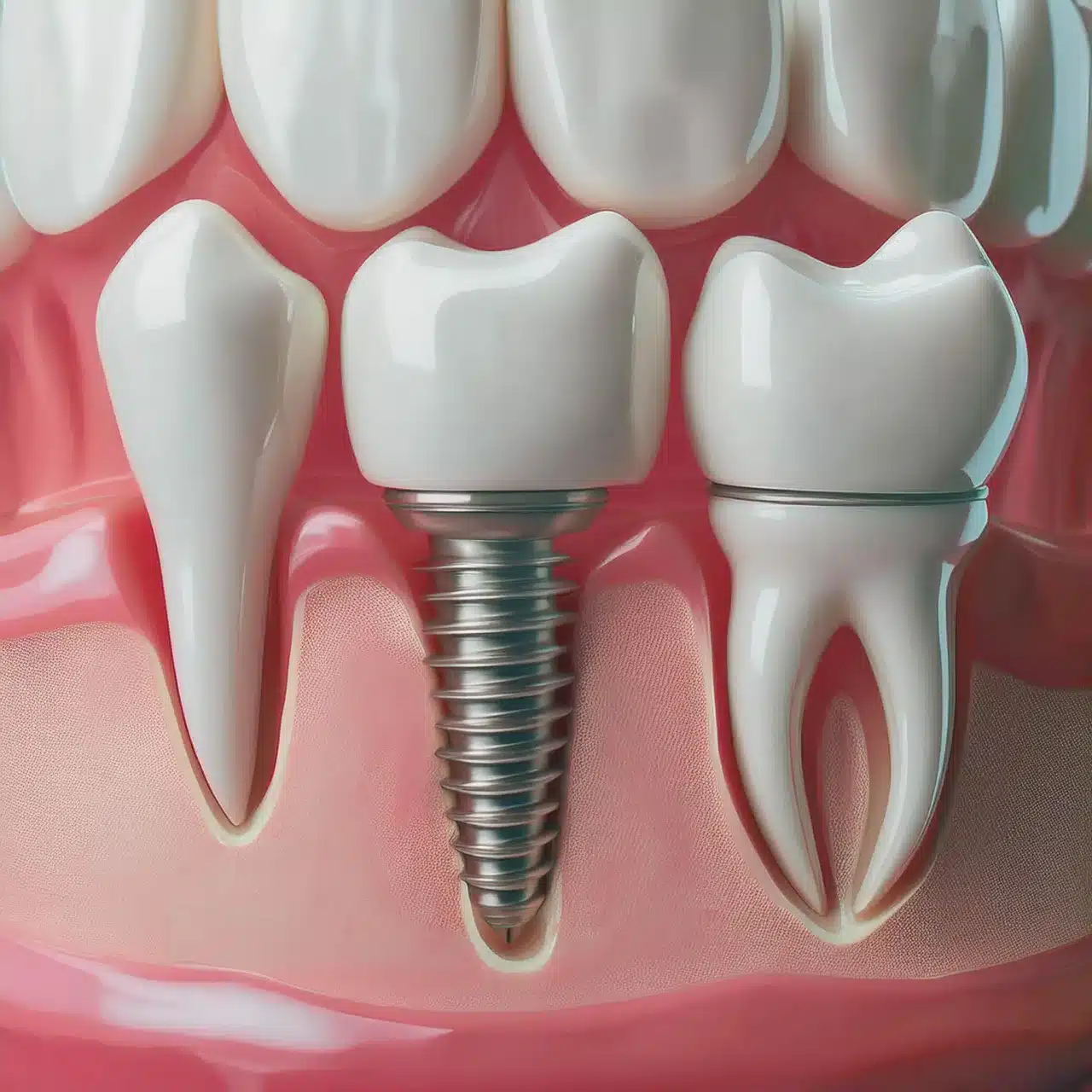
Vlerësimi klinik
Një vlerësim i plotë klinik është i nevojshëm për të përjashtuar komplikime të tjera.
Vlerësimi i simptomave: Klinikët duhet të vlerësojnë simptomat si ënjtje, dhimbje dhe skuqje rreth vendit të implantit. Nëse simptomat vazhdojnë, mund të jetë një reaksion alergjik dhe jo shërim pas operacionit (7)
Rishikimi i historisë mjekësore: Rishikimi i historisë mjekësore të pacientit, duke përfshirë alergjitë e njohura ose reagimet e mëparshme ndaj metaleve, mund të jetë i dobishëm në diagnozën dhe planifikimin e trajtimit (9)
Trajtimi dhe Menaxhimi
Trajtimi dhe menaxhimi i duhur i alergjive të implanteve dentare është çelësi i suksesit afatgjatë të implanteve.
Pacientët me kushte si implantet dentare dhe diabeti kërkojnë vëmendje dhe monitorim të veçantë për të siguruar rezultate të suksesshme.
Ndërhyrjet e menjëhershme
Nevojiten ndërhyrje të menjëhershme për të menaxhuar reaksionin alergjik dhe për të parandaluar komplikime të mëtejshme.
Medikamente për lehtësimin e simptomave: Antibiotikët si amoksicilina mund të përdoren për të reduktuar rrezikun e dështimit të implantit. Studimet kanë treguar se 2 g ose 3 g amoksicilinë një orë para operacionit mund të zvogëlojë dështimet e implantit (4)
Heqja e përkohshme e implantit: Në raste të rënda mund të nevojitet heqja e përkohshme e implantit për të menaxhuar reaksionin alergjik dhe për të parandaluar komplikime të mëtejshme.
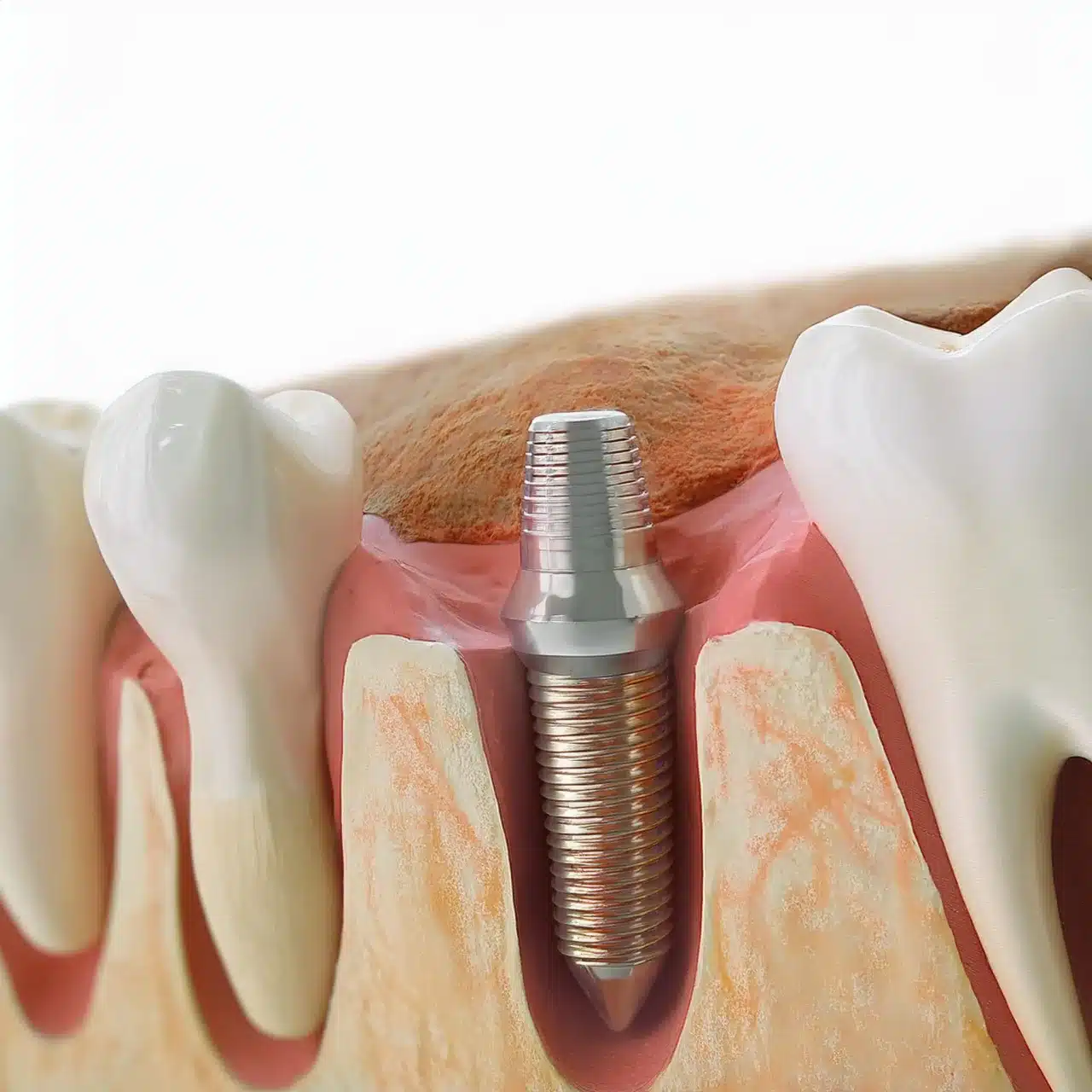
Zgjidhjet afatgjata
Zgjidhjet afatgjata fokusohen në parandalimin e reaksioneve alergjike të ardhshme dhe sigurimin e qëndrueshmërisë së implanteve.
Materialet alternative të implantit: Përdorimi i materialeve alternative si zirkonia ose qeramika mund të zvogëlojë rrezikun e reaksioneve alergjike. Këto materiale janë duke u hulumtuar për biokompatibilitet dhe qëndrueshmëri (2)
Monitorimi dhe kujdesi i vazhdueshëm: Takimet e rregullta dhe praktikat e duhura të higjienës orale janë çelësi për të parandaluar komplikimet dhe për të menaxhuar alergjitë
Parandalimi i alergjive të implanteve dentare
Parandalimi i reaksioneve alergjike ndaj implanteve dentare është çelësi i suksesit afatgjatë të implanteve.
Testimi para implantimit
Testimi para implantimit mund të ndihmojë në identifikimin e alergjisë përpara procedurës së implantimit.
Patch Testimi: Testimi patch është një metodë e zakonshme për të diagnostikuar alergjitë ndaj metaleve si titani. Kjo përfshin aplikimin e sasive të vogla të alergjenit të dyshuar në lëkurë për të parë nëse ka një reagim (2)
Testi i Transformimit të Limfociteve (LTT): LTT është një tjetër test që mund të tregojë një reagim ndaj titanit. Ky test mat transformimin e limfociteve në përgjigje të alergjenit (2)
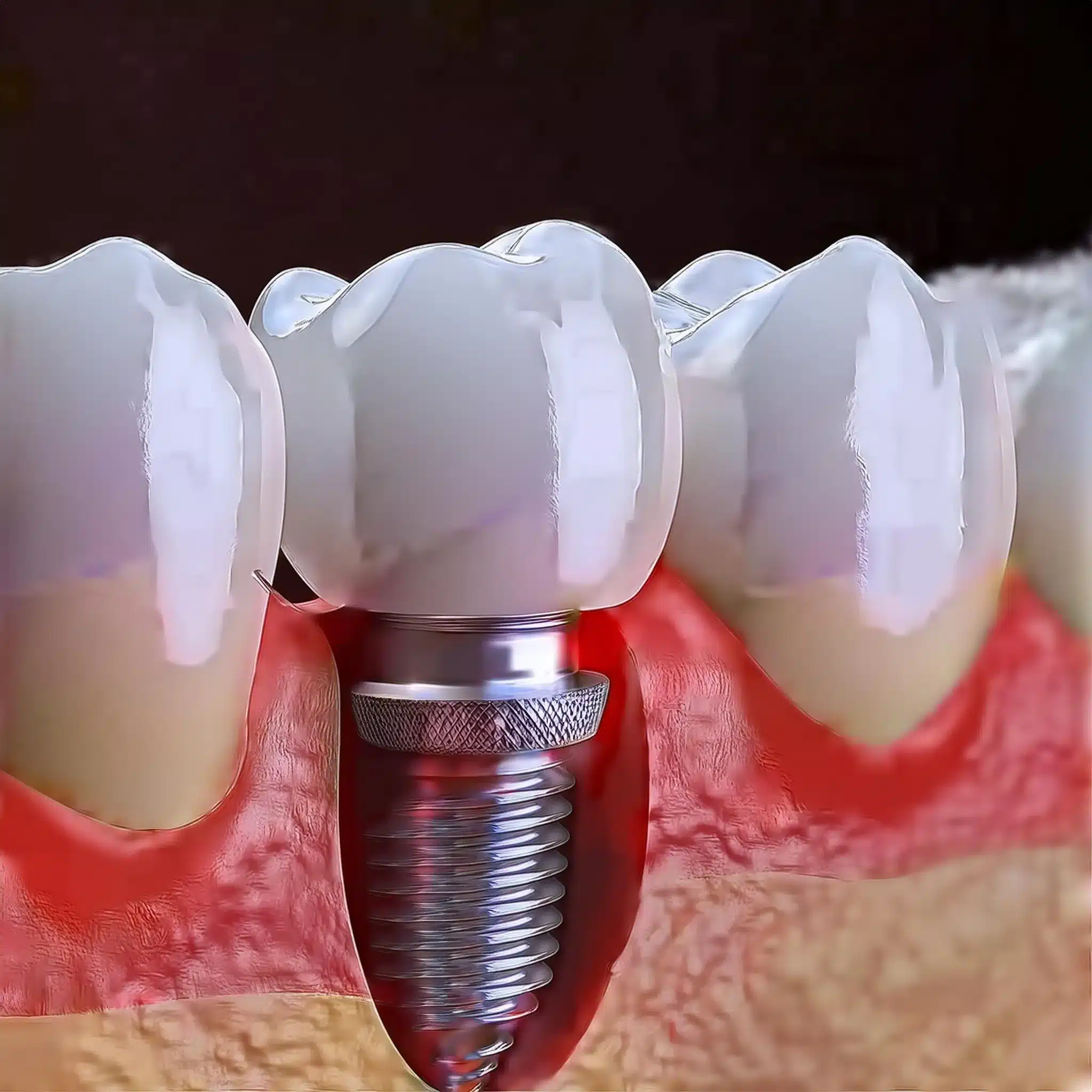
Edukimi i pacientit
Edukimi i pacientit është çelësi për marrjen e vendimeve të informuara.
Materiali: Pacientët duhet të informohen për materialet e përdorura në implantet dentare dhe potencialin e tyre për të shkaktuar reaksione alergjike. Materialet alternative si zirkonia dhe qeramika mund të përdoren për pacientët me alergji të njohura (3)
Kujdesi pas operacionit: Kujdesi i duhur pas operacionit dhe takimet vijuese janë çelësi për të monitoruar reaksionet alergjike dhe suksesin afatgjatë të implanteve (10)
Përfundim & Çështje kryesore
Marrëdhëniet kryesore:
Materiali: Zgjedhja e materialit të duhur të implantit si zirkonia ose qeramika mund të zvogëlojë rrezikun e reaksioneve alergjike (2)
Diagnostifikimi: Testet para implantimit si testimi patch dhe LTT janë të nevojshme për të identifikuar alergjitë përpara procedurës (2)
Menaxhimi: Ndërhyrjet e menjëhershme si antibiotikët si amoksicilina mund të zvogëlojnë dështimet e implantit (5)
Afatgjatë: Monitorimi i rregullt dhe higjiena e duhur orale është çelësi për të parandaluar komplikimet dhe suksesin e implanteve dentare.
konkluzioni:
Tani ju i dini shkaqet, simptomat dhe menaxhimin e alergjive të implanteve dentare. Pacientët mund të marrin vendime të informuara dhe të gëzojnë shëndet më të mirë oral me rrezik minimal. Profesionistët dentarë mund të japin rezultate më të mira trajtimi duke përdorur strategji gjithëpërfshirëse diagnostikuese dhe menaxhuese.
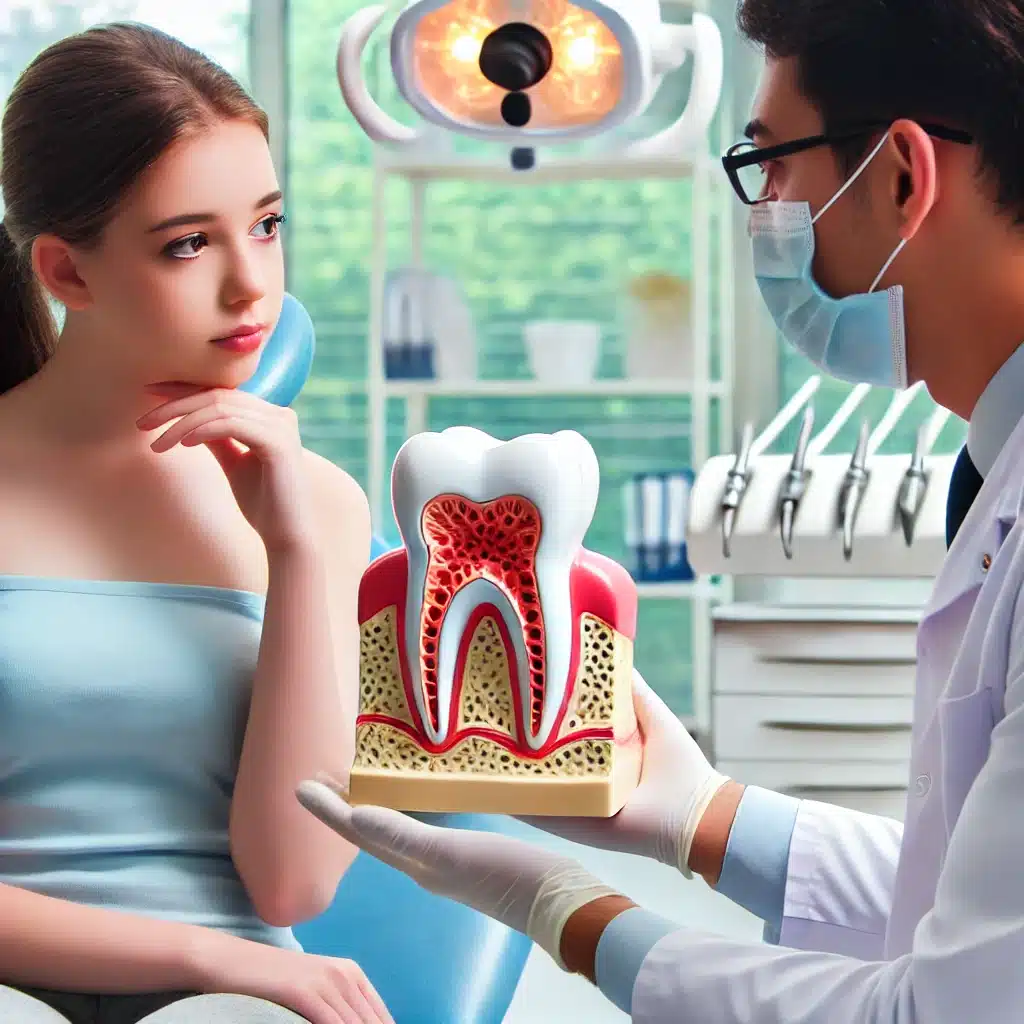
FAQ
Referencat
(1) Esposito M, Ardebili Y, Worthington HV. Ndërhyrjet për zëvendësimin e dhëmbëve që mungojnë: lloje të ndryshme të implanteve dentare. Baza e të dhënave Cochrane Syst Rev. 2014; 7:CD003815.
Neni: Ndërhyrjet për zëvendësimin e dhëmbëve që mungojnë: lloje të ndryshme të implanteve dentare
(2) Panchal M, Khare S, Khamkar P, Bhole KS. Implantet dentare: Një përmbledhje e llojeve, analizave të dizajnit, materialeve, metodave të prodhimit të aditivëve dhe fushëveprimit në të ardhmen. Proc CIRP. 2022; 105:1-6.
(3) Guillaume B. Implantet dentare: Një përmbledhje. Morfologjia. 2016;100(329):189-198.
Neni: Implantet dentare: Një përmbledhje
(4) Esposito M, Grusovin MG, Worthington HV. Ndërhyrjet për zëvendësimin e dhëmbëve që mungojnë: antibiotikë në vendosjen e implantit dentar për të parandaluar komplikimet. Baza e të dhënave Cochrane Syst Rev. 2013; 7:CD004152.
(5) Albrektsson T, Zarb G, Worthington P, Eriksson AR. Efikasiteti afatgjatë i implanteve dentare të përdorura aktualisht: një rishikim dhe kriteret e propozuara të suksesit. Implantet Maxillofac Oral Int J. 1986; 1 (1): 11-25.
(6) Misch CE. Proteza e implantit dentar. St. Louis, MO: Mosby; 2005:1-1120.
Neni: Proteza e implantit dentar
(7) Pjetursson BE, Thoma D, Jung R, Zwahlen M, Zembic A. Një rishikim sistematik i mbijetesës dhe shkallës së komplikimeve të protezave dentare fikse të mbështetura me implant (FDP) pas një periudhe mesatare vëzhgimi prej të paktën 5 vjetësh. Clin Oral Implants Res. 2012; 23 Suppl 6:22-38.
(8) Buser D, Sennerby L, De Bruyn H. Stomatologji moderne implantare e bazuar në osseointegrimin: 50 vjet progres, tendenca aktuale dhe pyetje të hapura. Periodontol 2000. 2017;73(1):7-21.
(9) Klinge B, Meyle J. Integrimi i indeve të buta të implanteve: raporti konsensus i Grupit të Punës 2. Clin Oral Implants Res. 2006; 17 Suppl 2:93-96.
Neni: Integrimi i indeve të buta të implanteve: raporti konsensus i Grupit të Punës 2
(10) Hammerle CH, Jung RE. Rritja e kockave me anë të membranave penguese. Periodontol 2000. 2003;33:36-53.
Neni: Rritja e kockave me anë të membranave penguese

